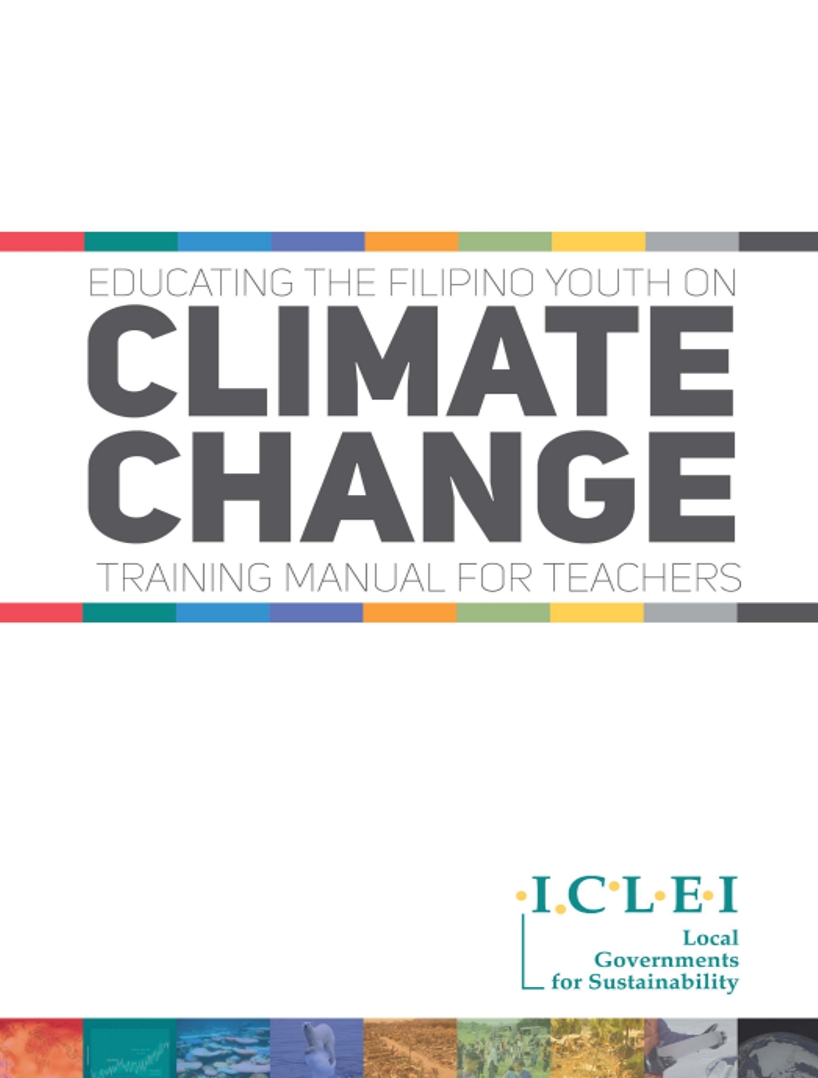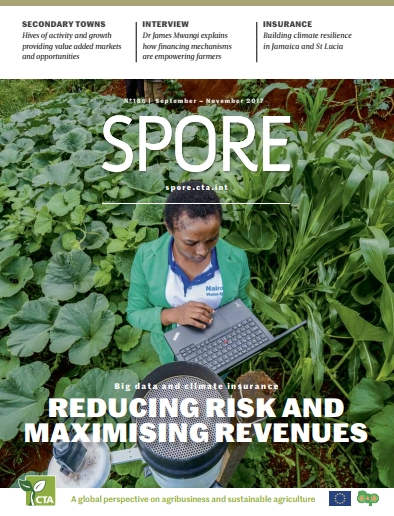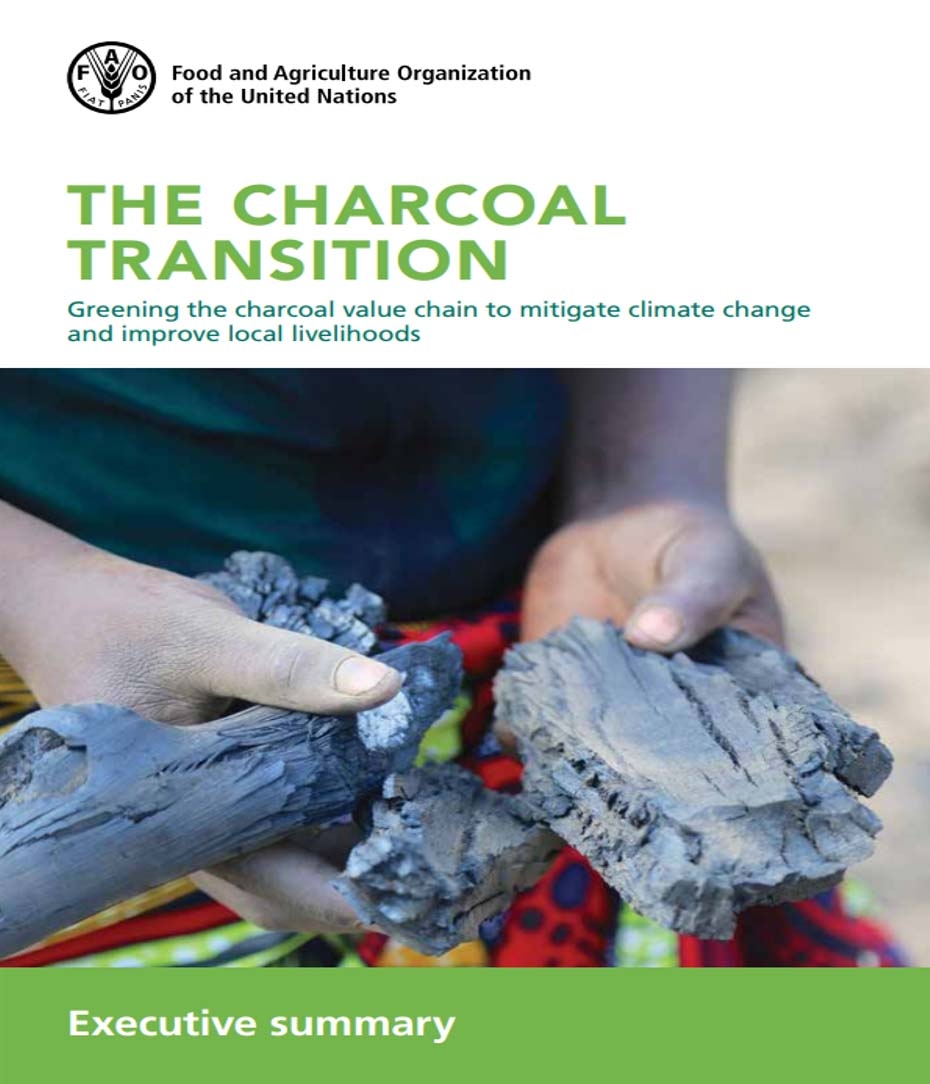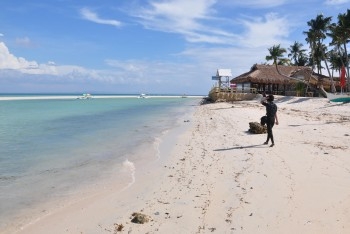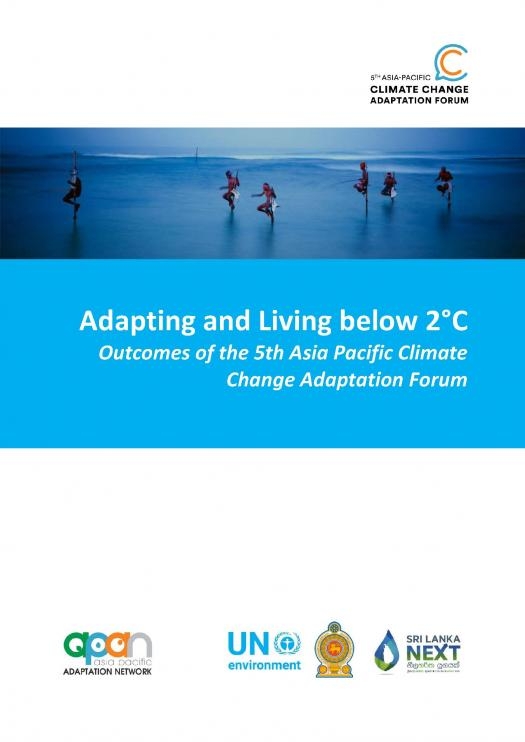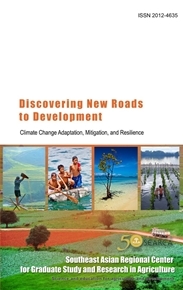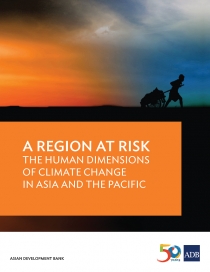Publications
This contains experience notes, adaptation notes, policy briefs, policy papers, technical reports, stories on good practices, and other publications related to climate change adaptation and mitigation in Southeast Asia not just from SEARCA, but also from KC3's partners and other agencies/institutions.
This manual is aimed at providing a knowledge base on climate change, especially catered for teachers and trainers. The manual will introduce the basics of climate change – what is it, why is it happening, what are the projected impacts, and what can be done. It has a strong focus on the science of climate change which is essential in providing a better understanding of the broader picture – why climate change is happening and how to better address the…
Spore Magazine issue no. 186: Big data and climate insurance: Redusing risks and maximizing revenues
The Technical Centre for Agricultural and Rural Cooperation (CTA) has recently published the issue Number 186 of Spore magazine, which focuses on Big data and climate insurance: Reducing risks and maximizing revenues. Spore Magazine aims to give the reader a global perspective on agribusiness and agricultural development. The topics covered in this issue include the role of ICTs in enhancing agricultural productivity, creating jobs and increasing incomes for young farmers, and the role of ICTs in climate-smart agriculture and early warning systems.
Greening the charcoal value chain to mitigate climate change and improve local livelihoods.
Planting native trees is vital in restoring the forest cover and its biodiversity resources. For any reforestation effort to flourish, however, people must appreciate the key role that native trees portray.
There are few studies in the Philippines that analyze poverty dynamics and studies that analyze the effects of weather variability on food poverty dynamics are even fewer. Given that there are some sectors that are more adversely affected by the changing weather patterns, a study analyzing the effects of weather variability on poverty is essential. Using a simple spells approach to understand the food poverty dynamics in the Philippines, this paper finds that deviation of rainfall from its normal values…
Highlights The farming households’ adaptive capacity level to flooding is generally moderate. The low adaptive capacity level of farming households is mainly caused by low level of information resources, financial resources, and livelihood diversity. The decision to practice adaptation and the number of adaptation practices used are not associated with the adaptive capacity level. Improving the livelihood diversity and physical resources of farming households in Mabitac, Philippines will significantly contribute to an increased adaptive capacity level
Highlights Several promising revenue mechanisms in the tourism industry of SIDS exist that can be tapped to fund the industry’s CCA. Private adaptation financing initiatives presumed to be cost-effective and feasible for the tourism industry include investing in water efficiency and pooling resources in a targeted fund, which are then allocated by need. The biggest barriers to engage the tourism industry in SIDS to fund its own CCA are the government’s assumed economic dependency on tourism, consumer expectations and demands,…
“Adapting and Living below 2o C: bridging gaps in policies and practices” call for harnessing more local involvement in integrated adaptation planning, providing access to relevant sources of financing and technologies, provisioning coherent capacity building, involving private sector, and tapping knowledge networks including the Asia Pacific Adaptation Network (APAN) for replicable adaptation measures and collective learning to support effective and inclusive adaptation planning and implementation. Over 900 participants including policymakers, scientists, donors, youth, and representatives from over 50 countries discussed…
Discovering New Roads to Development Volume 4: Climate Change Adaptation, Mitigation, and Resilience
For this particular volume, due attention is given to climate change adaptation, mitigation, and resiliency because of its negative effects on the agricultural sector. Under SEARCA’s Tenth Five-Year Plan focused on Inclusive and Sustainable Agricultural and Rural Development (ISARD), climate change is flagged as a priority concern as it hinders the sector’s ability to provide food for a growing population that continues to struggle with poverty and hunger. Contents: Vulnerability Assessment of Rice Farming Provinces to Climate Change in the…
Recent regional climate change projections have consequences for human systems, particularly for developing countries in Asia and the Pacific. Asia and the Pacific continues to be exposed to climate change impacts. Home to the majority of the world’s poor, the population of the region is particularly vulnerable to those impacts. Unabated warming could largely diminish previous achievements of economic development and improvements, putting the future of the region at risk. The report discusses the most recent projections pertaining to climate change and climate change…

